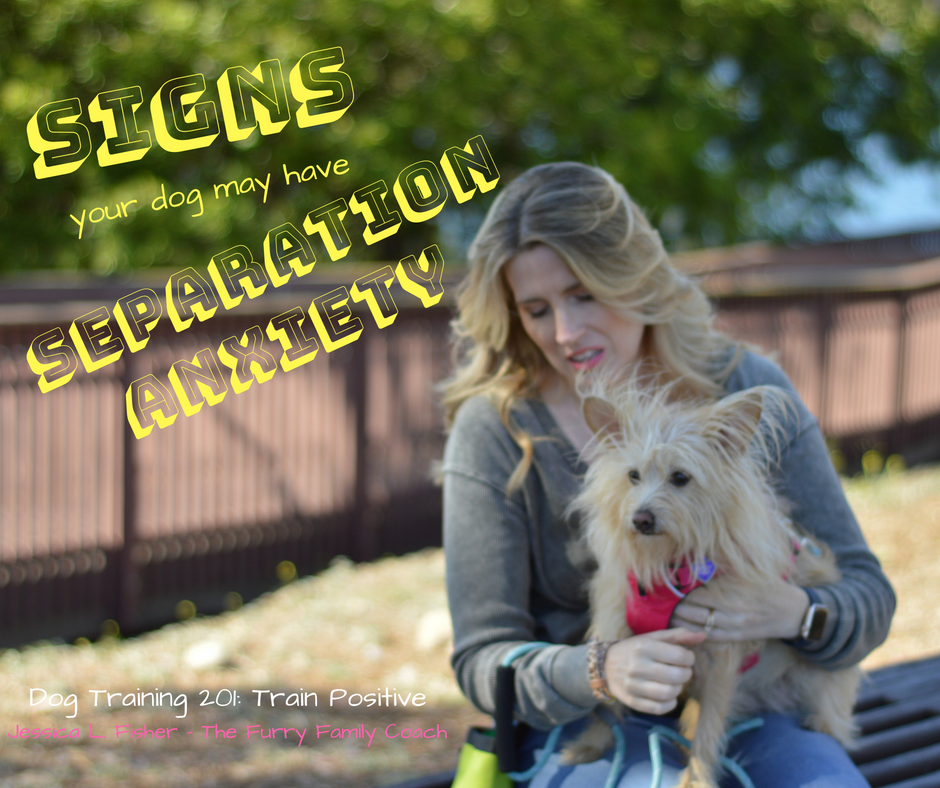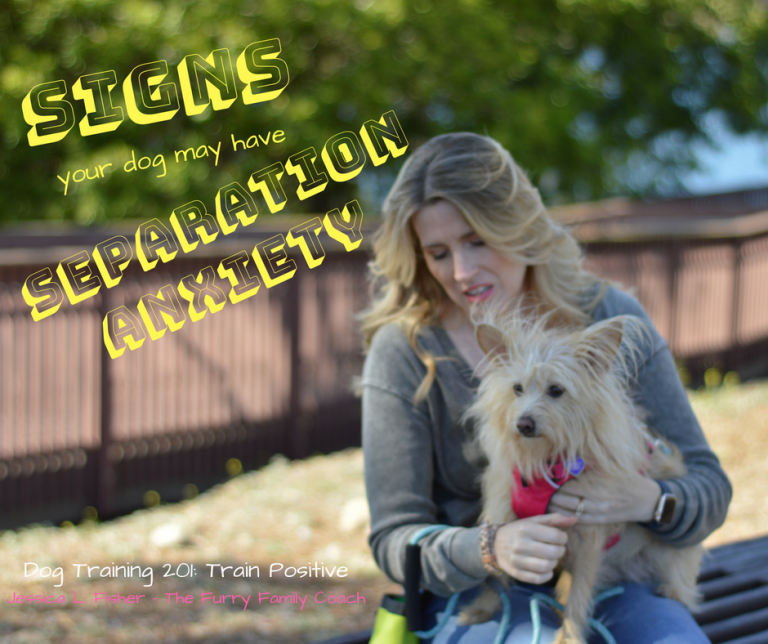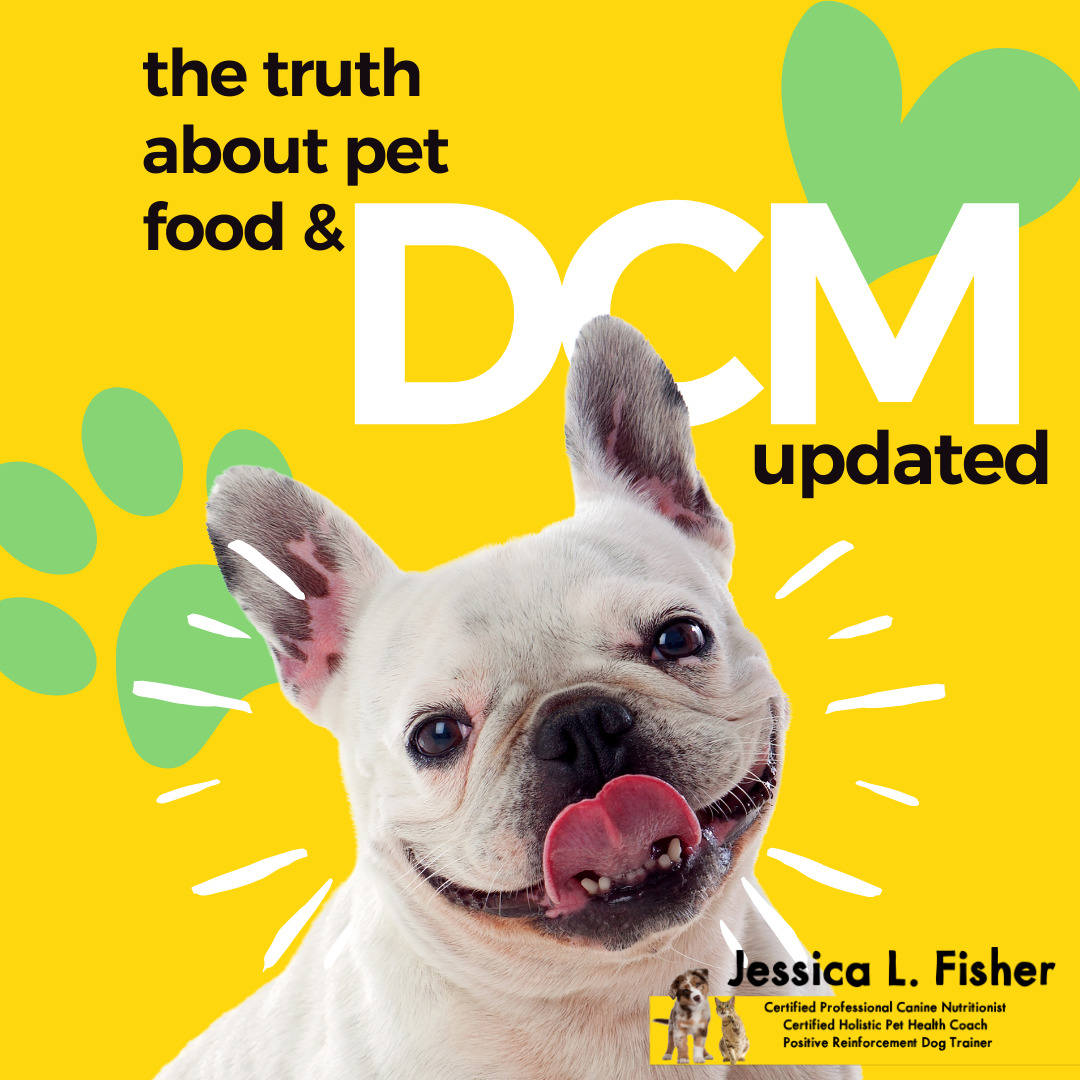Separation Anxiety in dogs can sometimes be tricky for the everyday pet parent to diagnose. It isn’t just one thing, one action, one behavior, that your dog will exhibit and let you know without a doubt that they are suffering from separation anxiety.

So, how would you begin to identify if your dog does in deed suffer from separation anxiety?
Well, there are a number of clues and you dog may exhibit all of them, or some variation of one or more of them in combination.
Things like >>>>
> Drooling
> Vomiting
> Toileting in the house, even if only left alone for a few minutes
> Chewing
> Eating through walls
> Pacing and being restless
> Panting
> Whining and crying
> Excessive vocalization
> Destroying entry points (doors and windows)
> Jumping through open and/or closed windows
Dogs are social creatures, just like we are, and they grow attached to their family (YOU!).
For most dogs, even though they are quite attached to family, they can let go enough to not be so overwhelmed by worry when you leave, they know you will be back.
But for some dogs, they simply can not handle the separation.
Although we can’t be completely sure why every dog that develops separation anxiety does so, we do know that genetics can have something to do with it and dogs who have been abused and abandoned in early life can also have a lot to do with it.
If you feel that your dog may have some level of separation anxiety, you should seek treatment with a qualified dog behaviorist. (I have helped a number of dogs through separation anxiety, including one of my own!)
Do you have a question about your dog and their anxiety? Let me know in the comments!




